Bingöl - a thousand lakes in the east!
- Written by Portal Editor
- Category: Eastern Anatolia
- Hits: 3396
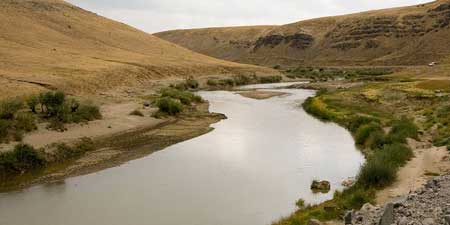
Bingöl is a Turkish province in eastern Anatolia. The provincial capital is called Bingöl too, the old name is Çabakçur.
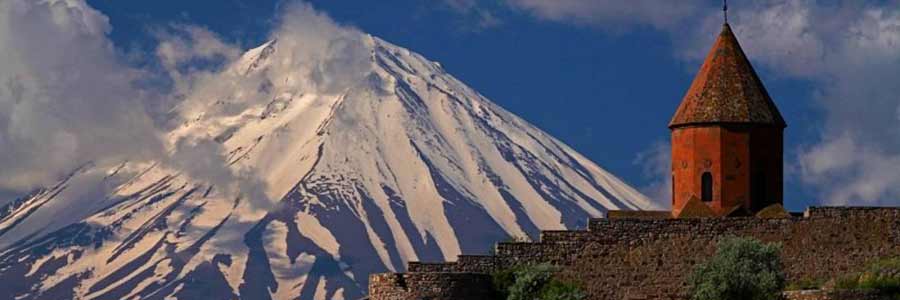
Eastern Anatolia borders the Black Sea to the north, Armenia, Azerbaijan and Iran to the east, Iraq to the south and Central Anatolia to the west.
The region is characterized by a variety of landscapes, including mountains such as the Taurus and Ararat, plains, river valleys and lakes. Some of the most famous cities in Eastern Anatolia are Van, Erzurum, Diyarbakır, Malatya and Elazığ.
The culture and history of this region are rich and diverse. Eastern Anatolia has been an important setting for various civilizations throughout history, including the Byzantine Empire, the Ottoman Empire, and earlier cultures such as Urartu. The region also has rich ethnic diversity as it is inhabited by various ethnic groups including Turks, Kurds, Armenians and Arabs.
Eastern Anatolia is rich in historical sites and ancient ruins. Places like Ani, an ancient Armenian capital, or Nemrut Dağı, a mountain with impressive monumental statues, offer fascinating insights into the region's history.
Due to its mountainous landscape, Eastern Anatolia is ideal for hiking and mountaineering. Mount Ararat, Turkey's highest mountain, is a popular challenge for mountaineers. There are also many other scenic hiking trails in the region.
The region is known for its pasta and desserts. "Manti", small dumplings with meat filling, are a popular specialty. Sweet dishes such as "Kadayıf" (fine pastries) and "Sütlaç" (rice pudding) are also widespread.

Bingöl is a Turkish province in eastern Anatolia. The provincial capital is called Bingöl too, the old name is Çabakçur.
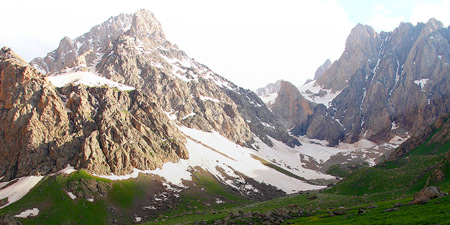
Hakkari (Kurdish: Colemêrg) is one of Turkey's 81 provinces and borders Iran to the east and Iraq to the south. To the north is Van and to the west is Şırnak.
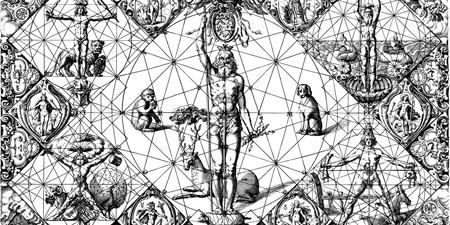
We have already reported several times about the relationship of the people in Anatolia to high mountains, whose imagination of nature resulted in mountains becoming something divine, inexplicably large and powerful.

Van, located on the south eastern shores of Lake Van, the largest lake in Turkey, was known as Tuşpa and was the capital city of the ancient Urartian State (1000 B.C.). Van
Van
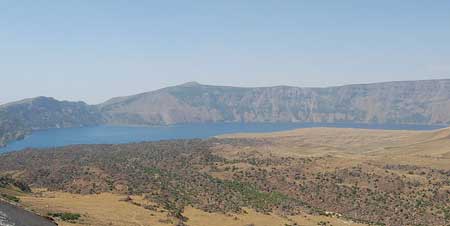
Mount Nemrut near Tatvan in the province of Bitlis is very often and easily confused with the mountain of the same name in the province of Adiyaman, which houses the famous lion horoscope and the statues of the gods erected by King Antiochus.
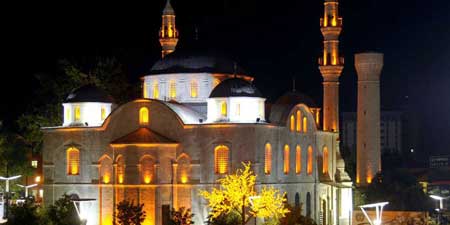
Malatya already existed in Hittite times with a former places name when it was called Melid (today Arslantepe). After the fall of the great empire, it was ruled by the descendants of Kuzi-Teššup of Karkemiš, a grandson of Šuppiluliuma II, the last ruler of the Hittite empire.
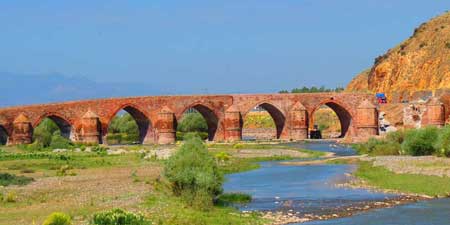
Erzurum is the biggest city in Eastern Anatolia and is the capital of the province of the same name. With about 800.000 inhabitants, it is also one of the ten biggest cities in Turkey.
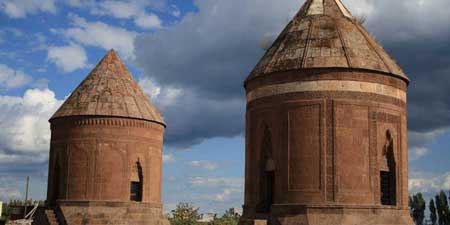
Bitlis is a city and at the same time the name of a province in the South-east of Turkey, bordering the province of Ağrı in the North, Muş in the West, Siirt in the South and Lake Van and the province of Van in the East.
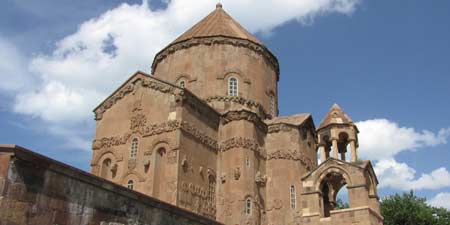
We, that are 20 members of the HÜR-TÜRK-Verein Alanya (Free Turkish-German Friendship Association) and another 4 guests, had the common wish to travel to Van Lake.
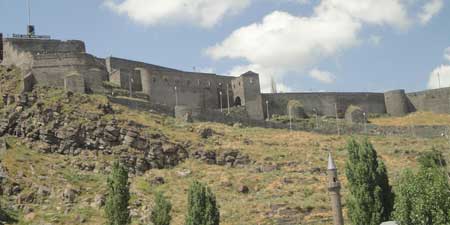
During the 10th century A.D. Kars was the capital of a kingdom ruled by the Bagratides, a people originally from Armenia. During the 11th century Kars was destroyed by the Seldjuks, during the 13th century by the Mongolians, and later was conquered and destroyed by Tamerlan.
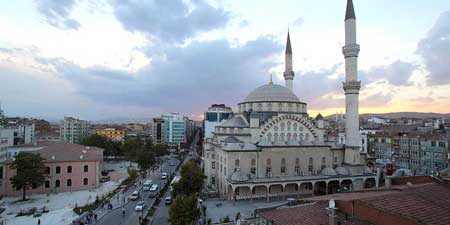
The region around Elazığ, like the surrounding districts of Bingöl, Tunceli, Malatya and in the South of Diyarbakır, has a long history, traces of settlement are around 5000 years old. (Image source Klaus-Peter Simon - own work CC BY-SA 3.0)
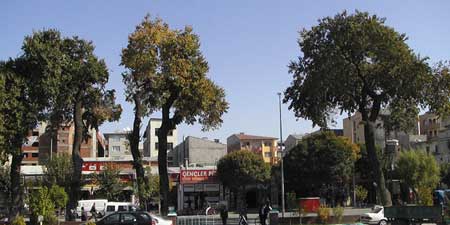
Iğdır is a province in eastern Turkey, which borders on the one hand with Armenia and on the other hand with the Azerbaijani exclave Naxçıvan and Iran.
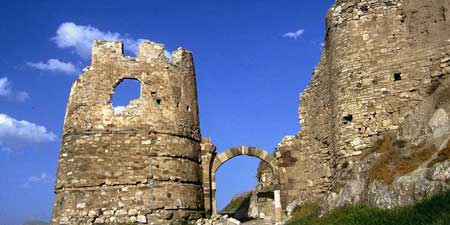
If you only deal a little with the history of the city of Van, you will also find a very long history that can be traced back to around 5,000 BC. The first traces of human settlement can be found on the Tilkitepehügel (fox hill) in the vicinity of the town Van.
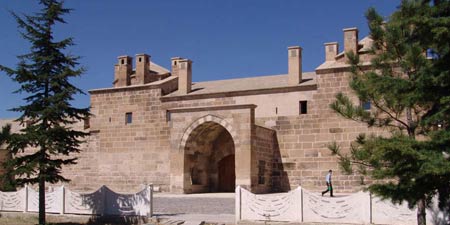
Like lot of other Turkish towns, Erzincan has a long history. Even though Hittite settlements have not been found to date, Erzincan is named as belonging to the Hittite Empire.
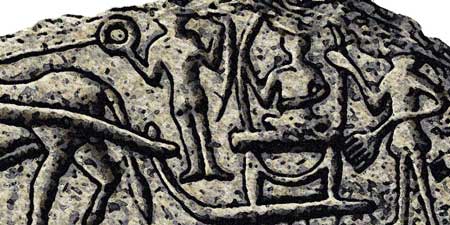
The Hittites had already settled in the region around Malatya and founded a settlement called Melid, which in Hittite means something like honey and was probably a synonym for the economic importance of the settlement.
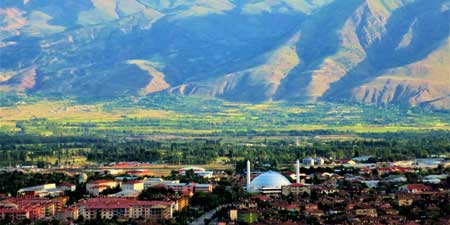
The city of Erzincan, which lies at an altitude of approx. 1200 m on the north bank of the Karasu River, is the junction of the main roads from Sivas to Erzurum and from Erzincan to Elazığ.